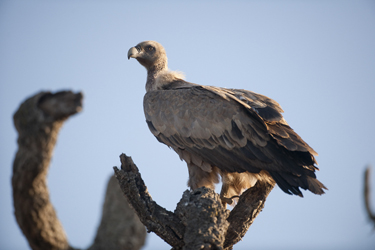Birds of prey have been, in comparison to other avian groups, an uncommon study model, mainly due to the limitations imposed by their conservative life strategy. Nonetheless, they have attracted a strong interest from the point of view of conservation biology because many populations have been close to extinction and because of their recognised role in ecosystems as top predators and scavengers and as flagship species. Today, after more than a century of persecution, and with the exception of some vultures still very much affected by illegal poisoning, many populations of birds of prey have experienced significant recoveries in many regions of Spain and the European Mediterranean. These changes pose new challenges when addressing the conservation of raptors in the coming decades. On this basis, and from a preferentially Mediterranean perspective, attention is focused on the need of describing and quantifying the role of these birds as providers of both regulating and cultural ecosystem services. Moreover, persisting conflicts are revisited with human interests and call attention to the emergence of new conflicts with a strong social and media component such as the predation on live cattle by vultures. Also, the rampant humanization of the environment determines the need for new solutions to the growing, yet scarcely explored, problem of accidents in new infrastructures such as mortality in wind farms. Finally, it is explored in depth the ecological response of birds of prey to large-scale habitat changes such as urbanisation and abandonment of marginal lands that are also expected to increase in the near future. More scientific knowledge is urgently needed to provide adequate responses to the challenge of keeping healthy populations of avian predators and scavengers in a rapidly changing world. informacion[at]ebd.csic.es: Donázar et al (2016) Roles of raptors in a changing world: from flagships to providers of key ecosystem services. Ardeola 63(1) 181-234 doi: http://dx.doi.org/10.13157/arla.63.1.2016.rp8
http://www.ardeola.org/volume/63.1/article/181-234/1686








 ¡Abierta convocatoria para proyectos de investigación en la ICTS- Doñana!
¡Abierta convocatoria para proyectos de investigación en la ICTS- Doñana!


